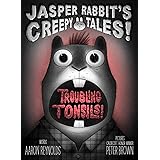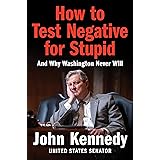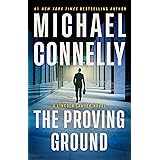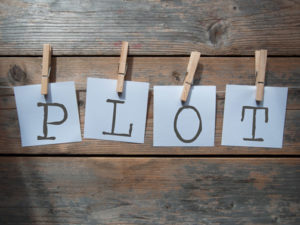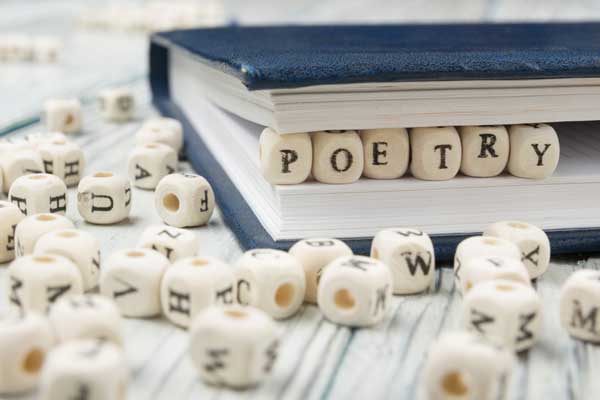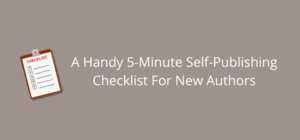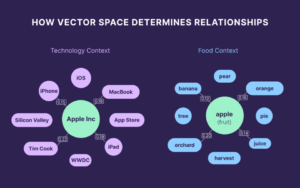“Unlocking the Secrets: How Punctuation Marks Hold the Power to Transform Your Writing”
In the grand tapestry of English punctuation, certain marks seem to hold court—like the colon, dash, parentheses, and comma. They’re the unsung heroes that help us clarify meaning, add emphasis, and provide rhythm to our writing. But if you’ve ever puzzled over a colon’s place in a sentence, you’re not alone. A co-worker recently reached out with a pressing question about how to explain the purpose of this punctuation mark. “Do we really need it?” they wondered, and I couldn’t help but think—aren’t these little symbols meant to simplify our communication, not complicate it?
This article delves into the purpose and proper use of these punctuation marks, offering clarity and insights that might just ease your writing woes. We’ll explore why these marks matter, using practical examples and handy tricks to illuminate their intended uses. Ready to master the art of punctuation? After all, effective writing isn’t just about what you say—it’s about how you present it. So grab your pens, and let’s dive in! LEARN MORE.

WRITING WELL
And why it helps to understand their intended as well as general use
Among the many punctuation marks used in the English language, a certain few — colons, dashes, parentheses, and commas — are often used to accomplish something similar. When a co-worker reached out recently with a question about a colon, asking how I’d explain to someone else the reason for including a colon in a certain reference, I immediately responded that colons are generally used to introduce something. Simple enough, right? But is a colon always needed, and can another punctuation mark sometimes be used, instead?
According to Merriam-Webster, a colon is primarily used “to direct attention to matter (such as a list, explanation, quotation, or amplification) that follows.” In short, to introduce something. But how to be sure that a colon is the best choice in a certain sentence? I’ve mentioned before a nifty trick served up by one of my favorite online grammar gurus, Grammar Girl, related to colons. According to Grammar Girl, if you can replace a colon with the word “namely” or the words “it is” or “they are,” a colon is correct to use. Consider this example:
“In February, Seattle can usually be described in one of two ways: gray and rainy or rainy and gray.”
Now consider the same sentence with the colon replacement “namely” suggested by Grammar Girl:
“In February, Seattle can usually be described in one of two ways, namely gray and rainy or rainy and gray.”
Exactly. This quick switch makes it clear that the use of a colon in that instance is spot on.
When it comes to presenting extra information in a sentence, dashes, parentheses, and commas are considered pretty much interchangeable by most writers and readers, with many paying them little, if any, attention. Still, it helps to clearly understand their intended purpose when determining whether one option might be more appropriate than another.
According to Merriam-Webster, dashes are used to indicate “a break in the thought or structure of a sentence,” parentheses to “enclose a parenthetical expression,” and commas as marks “of separation.”

